TQM and Continuous Improvement go hand and hand
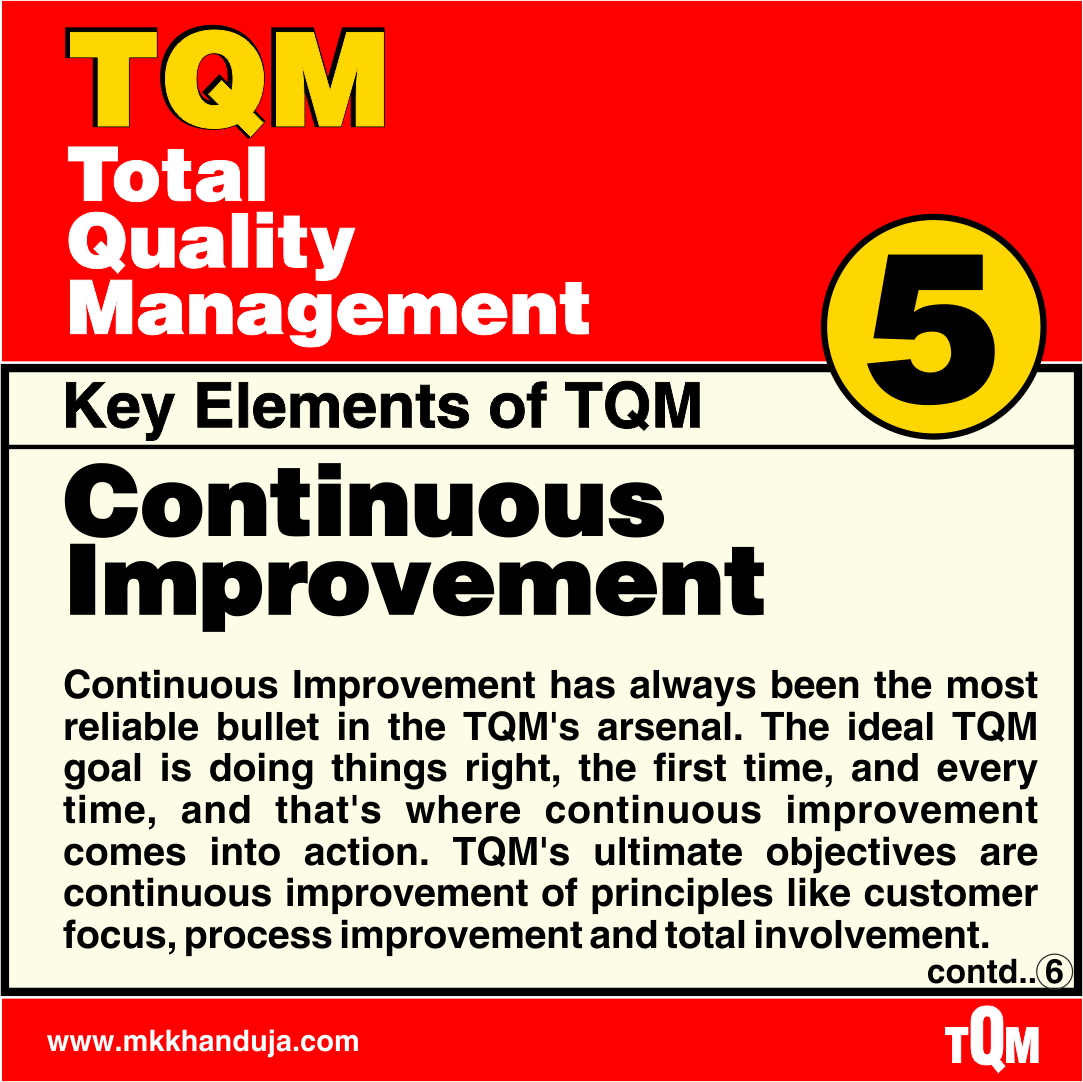
An ongoing product or process improvement which provides an incremental improvement over time or a breakthrough improvement all at once
Continuous improvement has always been the most reliable bullet in the TQM’s arsenal. The ideal TQM goal is doing things right, the first time, and every time, and that’s where continuous improvement comes into action. TQM’s ultimate objectives are continuous improvement of principles like customer focus, process improvement and total involvement. Here are some of the latest tools that ensure your continuous improvement initiatives flourish and succeed with flying colours.
1. Process Mapping
The continuous improvement initiatives should begin with accurate understanding of the process. The process can be in any part of the company’s business but must be able to be mapped to identify the flaws that make up that process. With process mapping, the flaws in the process can be represented graphically from start to finish which includes activities, personal and the outcomes.
2. Root Cause Analysis
Root cause analysis is a technique in which the business determines the root cause of a problem, incident or quality concerns. Three steps need to be performed to achieve an effective root cause analysis and those are – analysis, data gathering and validation.
3. PDCA Cycle
The architect of TQM, Edwards Deming was the brain behind the PDCA cycle. It consists of four different phases – plan, do, check and act. Plan – the planning stage begins just after the root cause analysis. Once the main problem is identified, the business needs a thorough planning to know how the improvements need to be achieved. Do – the changes planned need to be executed in order to eliminate the root cause of a problem. Check – This phase ensures that the changes made have had the required results. Act – This is the final phase of the PDCA cycle in which the changes are included in the standard operating procedures and if required rolled out in other parts of the businesses as well.

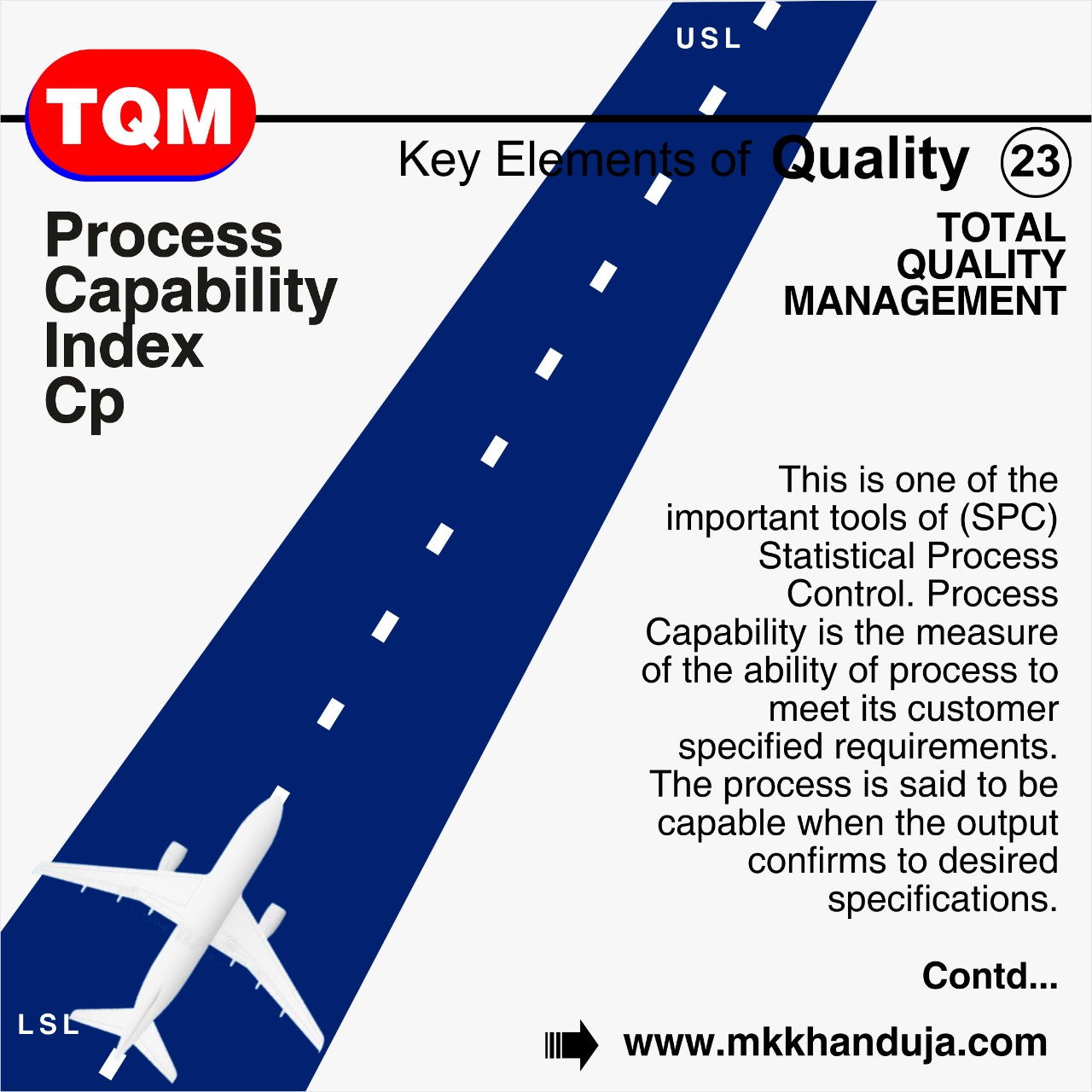
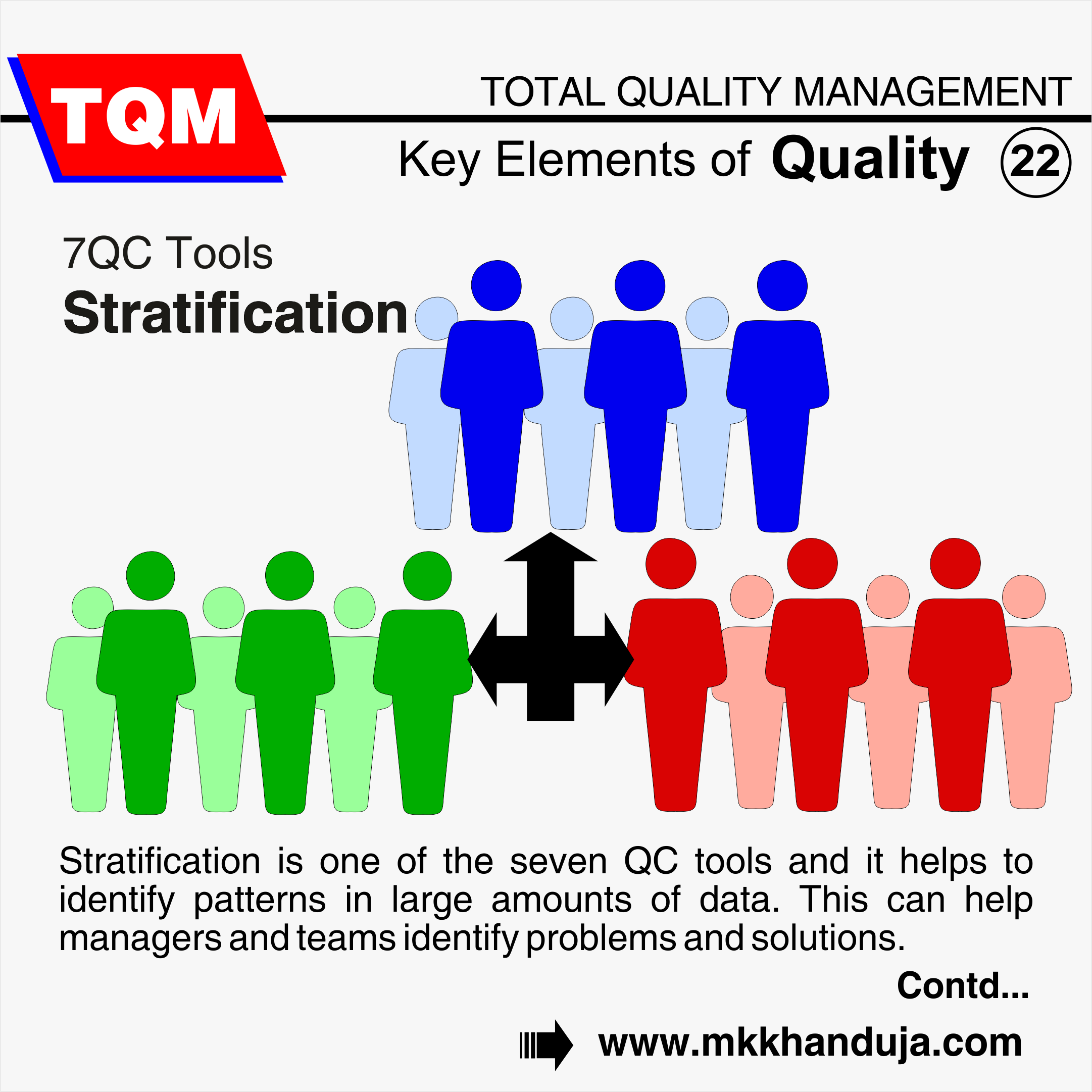
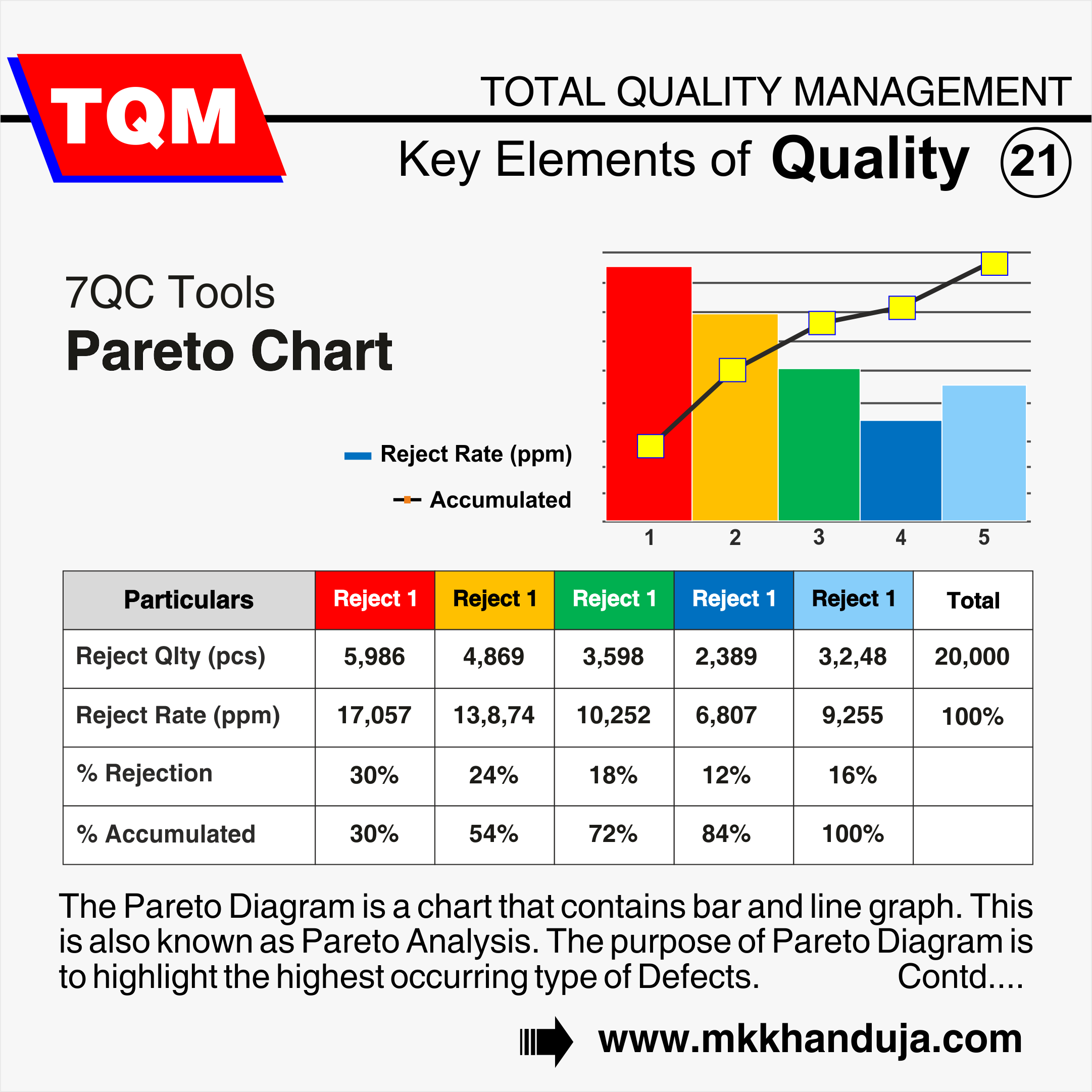
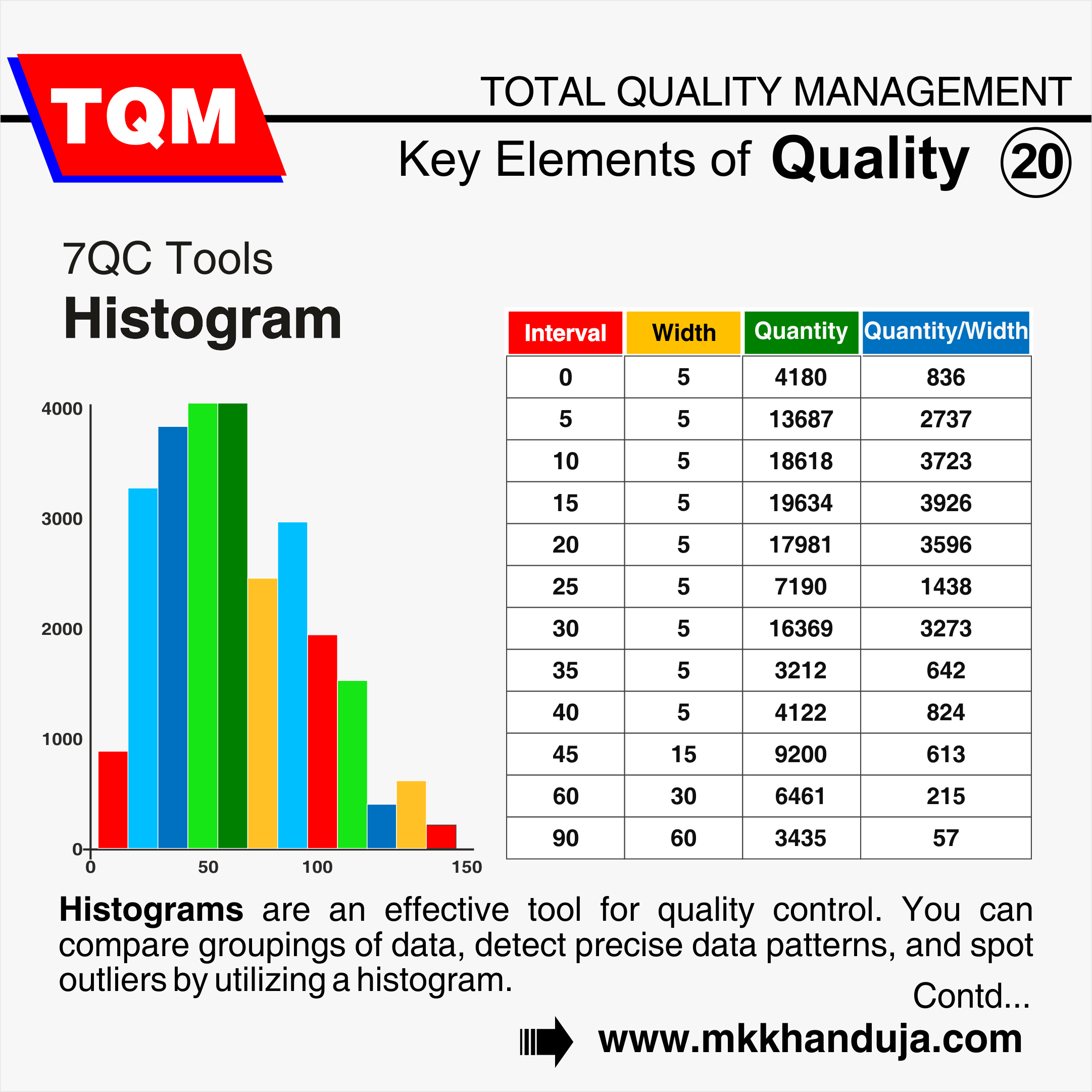
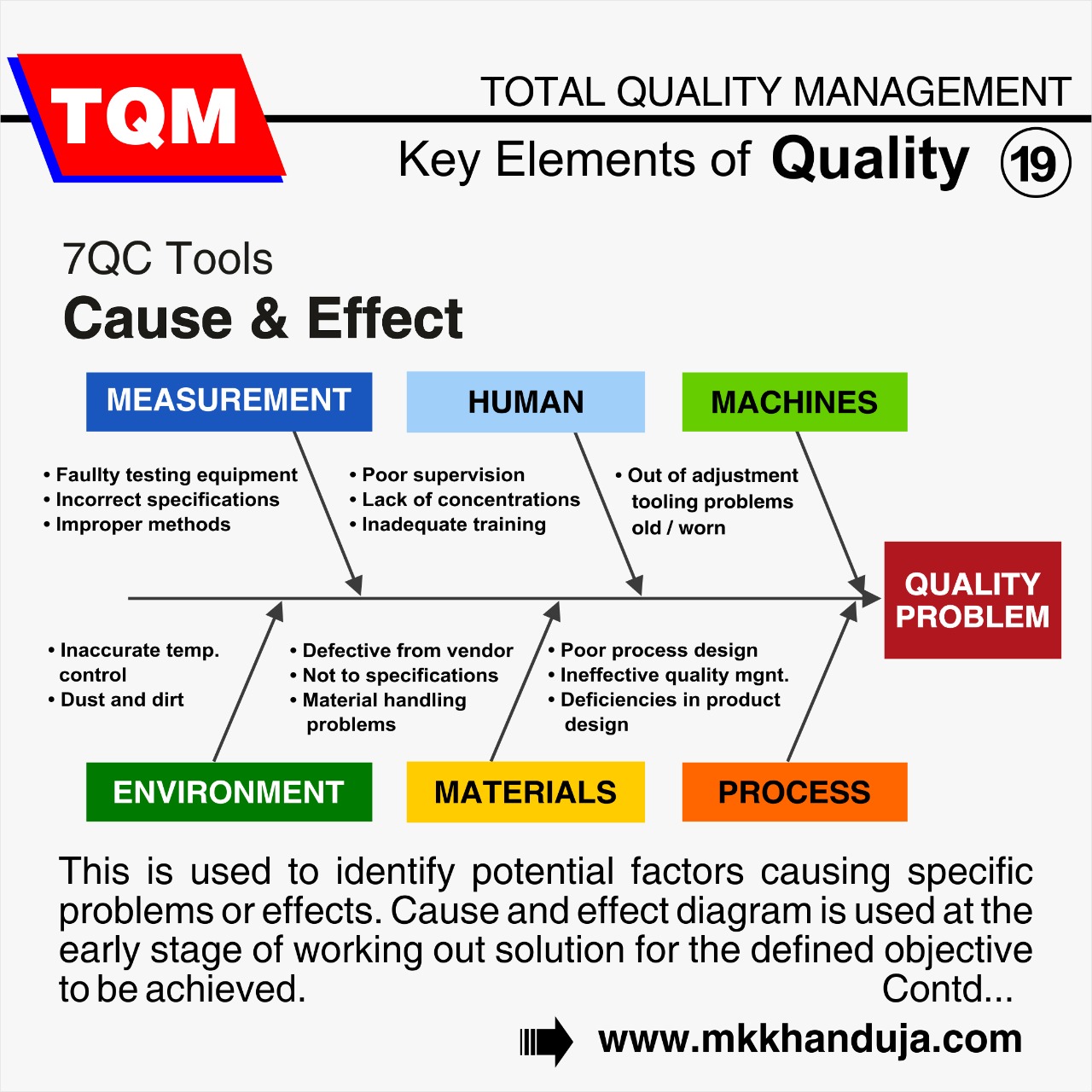
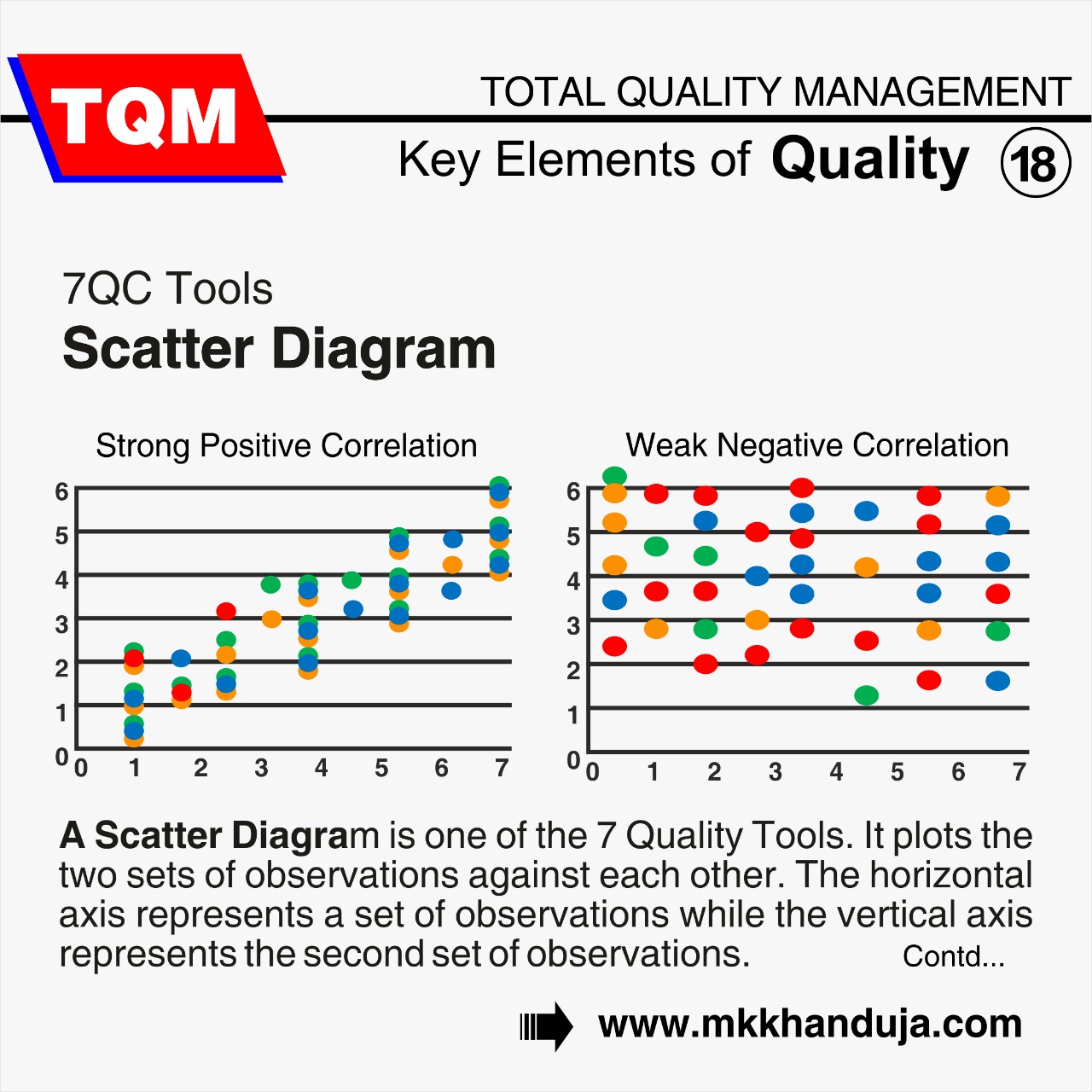
Comments